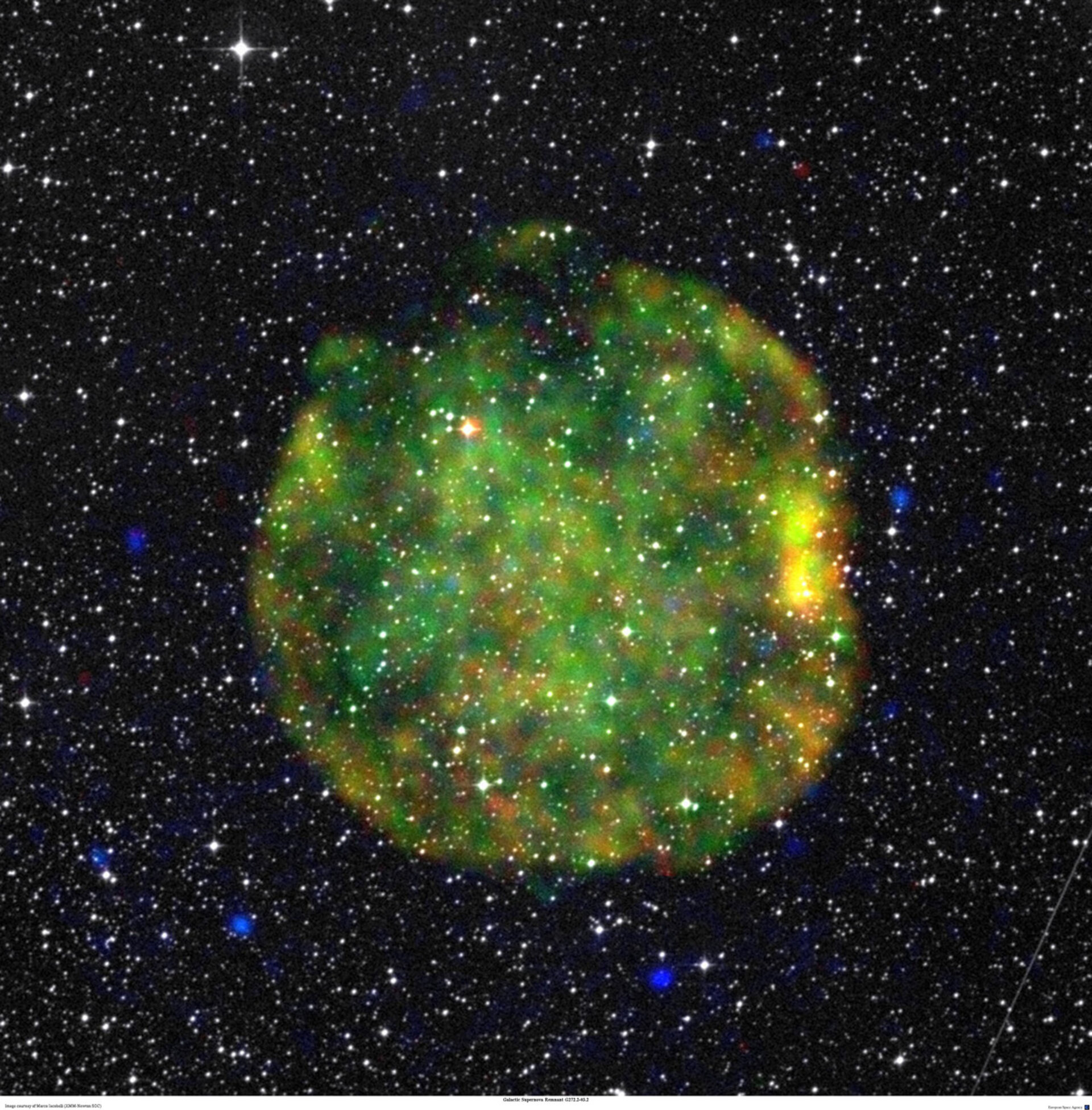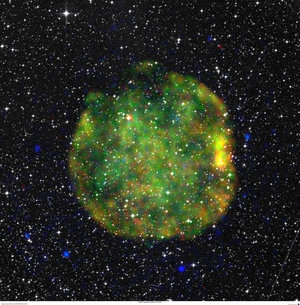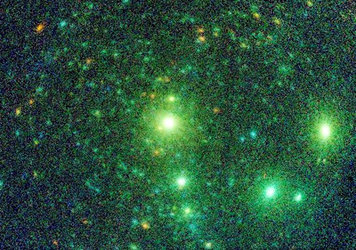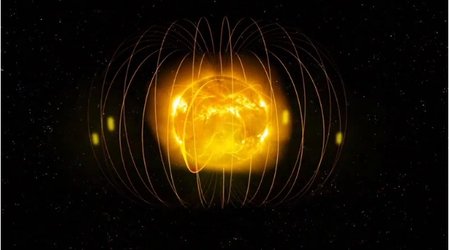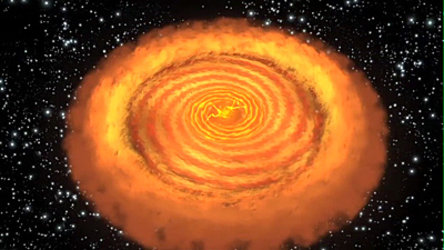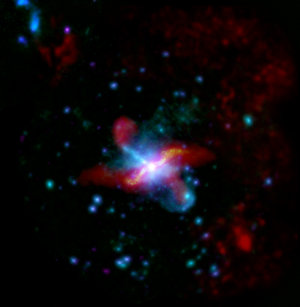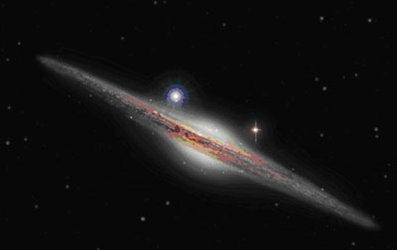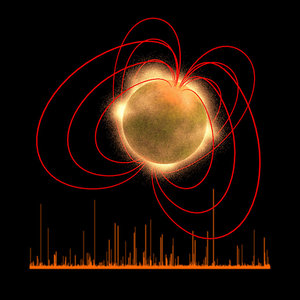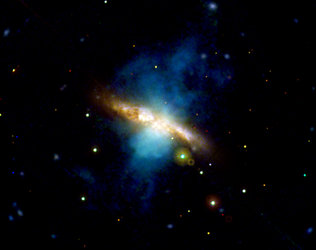Aftermath of a stellar explosion
Suspended in time and space, the aftermath of a massive star’s dramatic ending in a supernova explosion is captured by ESA’s XMM-Newton space observatory.
Nested knots of hot gas glowing green at X-ray wavelengths – equivalent to millions of degrees celsius – fill the structured central region of this expanding supernova remnant.
Supernova remnants are the glowing fireballs created after a massive star – greater than eight of our Suns – has exhausted its fuel supply and collapses in on itself, ejecting its remaining layers of gas in a blinding explosion.
A neutron star or black hole may remain at the heart of the explosion, obscured by the expanding shell of ejected material that also contains material swept up from the interstellar medium – the space between stars.
In this image, two bright spots at the right edge of the shell are lit up by the interaction of shock waves with the surrounding medium. This supernova remnant is only a few thousand years old – the expansion of the shock will take hundreds of thousands of years to slow down.
By studying supernova remnants at X-ray wavelengths, astronomers can identify the abundance and distribution of different elements forged during the last stages of the star’s life.
This information can provide clues about the mass of the progenitor star and the dynamics of the explosion.
Blue and white specks in and around the remnant are foreground and background stellar objects.















 Germany
Germany
 Austria
Austria
 Belgium
Belgium
 Denmark
Denmark
 Spain
Spain
 Estonia
Estonia
 Finland
Finland
 France
France
 Greece
Greece
 Hungary
Hungary
 Ireland
Ireland
 Italy
Italy
 Luxembourg
Luxembourg
 Norway
Norway
 The Netherlands
The Netherlands
 Poland
Poland
 Portugal
Portugal
 Czechia
Czechia
 Romania
Romania
 United Kingdom
United Kingdom
 Slovenia
Slovenia
 Sweden
Sweden
 Switzerland
Switzerland


























